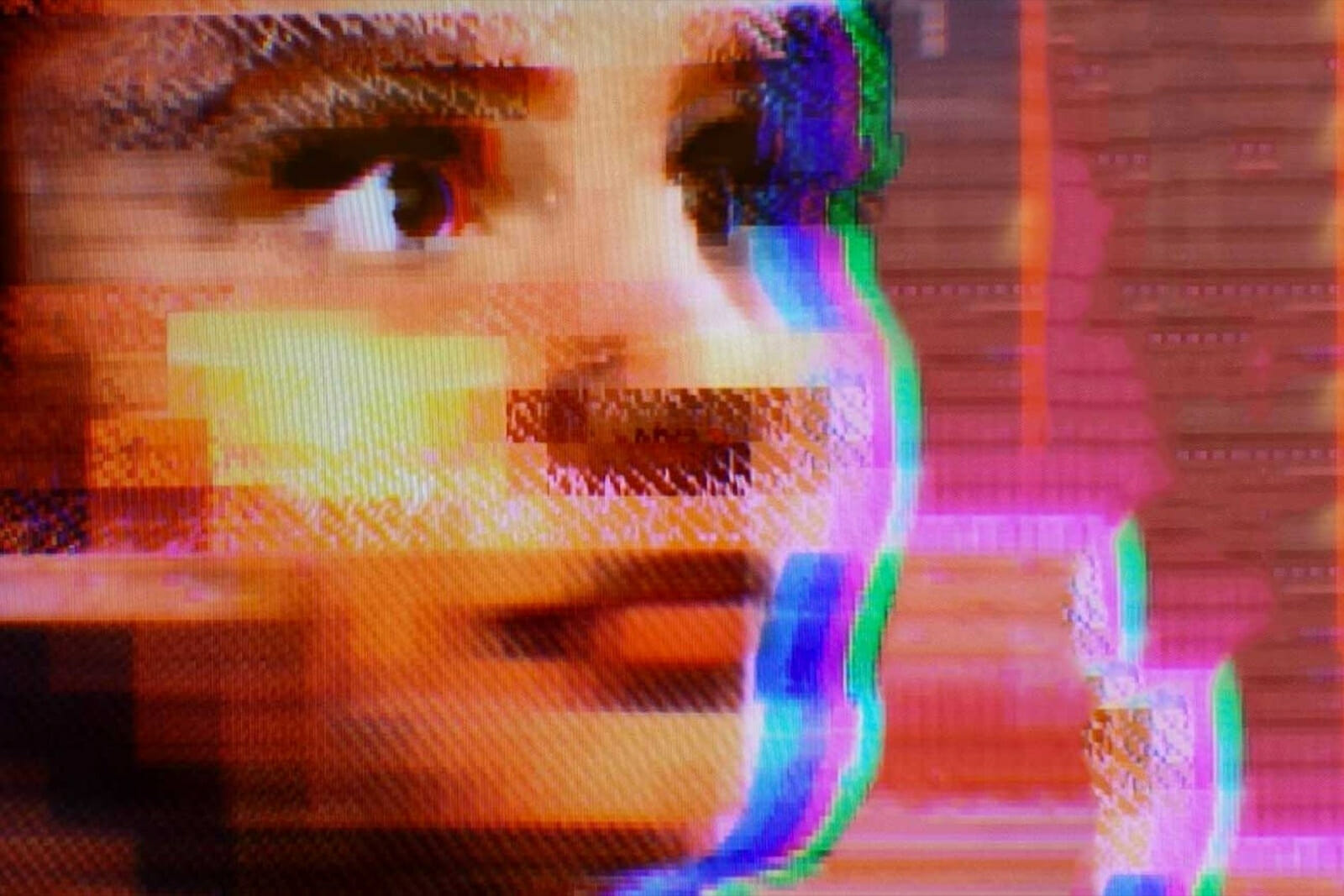
Tech
The AI Revolution Has Been Mischaracterized
The concept of replicating human intelligence in machines is a thought-provoking, compelling, sometimes terrifying idea, and it has clearly grabbed hold in the popular imagination. The purported revolution in AI, by many estimations, is upon us. However, there’s reason to press on the (human-controlled) brakes. As with any popular phenomenon, we may be hearing more talk about what AI might do than real information about what it can do.
AI overenthusiasm is nothing new. When modern AI research began in the mid-20th century, proponents felt it was a matter of decades until smart computers could accomplish any mental task a human being could. In fact, pioneering scientist, Herbert Simon, gave his best guess at what we’d be capable of in the title year of 2001: A Space Odyssey when he consulted Stanley Kubrick in creating the movie’s brilliant, deductive and incisive (not to mention evil) supercomputer HAL. Needless to say, the film released in 1968 featured a computer light years beyond what we’re capable of now in 2019.
I’m no stranger to making optimistic claims about the possibilities of AI, but they’ve always been just that: possibilities. While there are many real, concrete examples of AI implementation to point to, our consistent fixation on what might be coming next as opposed to what’s actually here now is leading many to declare AI a fraud.
The difference between AI expectations and AI reality mostly lies in today’s lack of a true artificial general intelligence or AGI. The term refers to the ability of a machine to function with the same intellectual capacity as a human being. “AI” can refer to any number of machine-learning functions; AGI is the stuff we see in the movies.

Last year, NYU Professor Gary Marcus published an insightful paper giving pause to many of the lofty predictions made around AI while outlining the major limits of deep learning tech. Marcus, a veteran of Uber’s AI division, knows better than most the nuts and bolts of AI implementation and breaks down how we’ve mistaken hyper fast computational ability with hyper-intelligence.
Marcus’ paper is fascinating and readable, and exposes AI as a sort of distorted mirror: we see in it what we wish to, and cater our expectations to that inaccurate image. Call it confirmation bias, call it wishful thinking, but it’s created a wealth of discourse that simply doesn’t square with the results we’re seeing in reality. Here, in the real world, the failures of AI are all too obvious for those who choose to see them.
The chasm between our expectations of AI and the reality have been ripe territory for cultural observers. Memes abound regarding scripts written by computer programs which had been fed examples of real dialogue and spit out illogical messes. An entire film was even produced based on such a script, ostensibly a science fiction story that proved to be pure comedy by virtue of the ridiculous lines.
Less humorous examples of recent AI failure abound as well. Microsoft’s foray into conversational AI, a Twitter bot known as Tay, absorbed the worst of what the Internet had to offer and ended up spouting anti-Semitic and otherwise hateful messages. Her creators pulled the plug after less than 24 hours. Most troublingly, self-driving cars from Tesla and others have been involved in multiple fatalities mostly spurred by drivers who overestimated the ability of the vehicle’s AI to prevent an accident.
Replication of the vast interpretive capabilities of the human mind is still several major leaps away. So what, then, does the current state of AI look like? It’s certainly here, but not quite a replacement for human thought. Instead, today and tomorrow’s AI works best in handling massive amounts of data to empower humans to make crucial decisions. The rapidly growing field of analytics owes its expansion to AI, as do new and impressive leaps in marketing, customer service, and supply chain management.
In each of these fields, the AI isn’t doing all the work on its own. There remains a need for skilled humans to point our intelligent machines in the right direction. But, even though these programs are not solving complex equations or flying us to work, it’s still true that AI is proving revolutionary in solving business problems of the 21st century, and, dare I say, beyond.
We may well get those hyper-intelligent robotic counterparts at some point in the distant future, but for now, the AI revolution is firmly grounded in reality. All learning is a journey of forming hypotheses, most of which end up being wrong, and the AI journey is no different. While we may never see the day when smart robots replace human beings, there’s still room for a revolution in AI. We just need to know how to recognize it.

